Philadelphia basement waterproofing keeps water, mold, and bad smells out of your house. Our city gets heavy rain, quick snow-melts, and sticky summer heat, all of which push moisture through tiny cracks in foundation walls.
In this guide, you’ll see why basements get wet, what fixes work best, and how to pick the right contractor for your home and budget. Let’s get started!
What Is Basement Waterproofing?
Basement waterproofing involves techniques and materials used to prevent water from penetrating the basement of a house or building. It’s crucial for homes in Philadelphia due to the region’s humid summers and the potential for heavy rainfall. Waterproofing methods include different methods, which we will discuss in the following sections.
Common Causes of Basement Water Damage in Philadelphia
Basements in the city often feel damp because of two things working together. First, the weather brings heavy rain, snowmelt, and big temperature swings. Second, the building itself may have weak spots that let water sneak inside. Philadelphia basement waterproofing specialists often trace wet, musty basements back to five overlapping issues:
1. Cracks or Leaks in Foundation Walls
Concrete and brick move a little every season. These tiny shifts create thin cracks. They look harmless but act like little straws that suck in groundwater, especially after many freeze-thaw cycles.
2. Hydrostatic Pressure From a High Water Table
After a storm or quick thaw, the soil around your house fills with water. That water pushes hard on every inch of the basement wall. Over time, the pressure forces damp, mineral-rich water through the concrete. The result is white stains called efflorescence and spots that never dry.
3. Improperly Graded Landscaping
If the yard slopes toward the house, it works like a funnel. Rain rolls downhill and rests against the foundation. Continuous soaking washes soil away, weakens patios, and makes new cracks more likely. A yard should drop about six inches over the first ten feet away from the wall, so water runs off instead of piling up.
4. Gutters and Downspouts That Fail
One inch of rain on a small row-home roof can create more than a thousand gallons of runoff. If gutters are too small, clogged, or tilted the wrong way, the water pours next to the footing. Downspouts that end close to the wall make the problem worse. Good Philadelphia basement waterproofing always includes clean gutters and downspout extensions that send water at least six to ten feet away or into an underground pipe.
5. Poor Drainage at The Footing
Even with good grading and clean gutters, some moisture reaches the base of the wall. Heavy clay soil or a clogged French drain can trap that water. Trapped water builds pressure and keeps the concrete cold and wet, which speeds up cracking. A working perimeter drain connected to a sump pump lets water escape before it can push inside.
Addressing each factor holistically, sealing cracks, relieving hydrostatic pressure, re-grading soil, maintaining gutters, and restoring footing drains, forms the backbone of reliable Philadelphia basement waterproofing. When each component does its job, the basement stays dry, the structure stays sound, and that musty smell never returns.
Philadelphia Basement Waterproofing Techniques
Contractors use several layers of defense. Below you will find each method grouped by category. Every item includes a short, clear explanation so you can pick a mix of fixes that match your house, your budget, and local building rules.
1. Exterior Defense Systems
Exterior work stops water before it reaches the masonry. While it costs more up front, it offers the longest-lasting shield for Philadelphia basement waterproofing.
1.1 Excavation & Elastomeric Membrane
Workers dig down to the footing, scrub the wall, fill holes with hydraulic cement, then roll or spray a thick rubber coating over the surface. The coating stays flexible and seals future cracks. Many crews add a dimpled drainage board that creates a small air gap. Any water that gets past the coating drips to the drain at the footing.
Figure 1
1.2 Footing French Drain (Exterior Weeping Tile)
Required by the International Residential Code § R405 for habitable below-grade spaces, this 4-inch perforated pipe sits on washed stone beside the footing and drains to daylight or a sump. A rigid filter fabric wraps the pipe/stone to keep silt out. Exterior drains intercept groundwater before it can build hydrostatic pressure.
Figure 2
1.3 Proper Grading & Surface Water Control
City Property-Maintenance Code PM-302.2 demands that yards be graded to prevent standing water. Best practice is a 6-inch slope away from the house over the first 10 feet. Pair this with gutters sized for Philadelphia’s 2-inch-per-hour cloudbursts and downspout extensions (or pop-up emitters) that discharge at least 6–10 feet from the wall.
1.4 Window-Well, Stair-Well & Bilco-Door Drains
Corrugated metal wells get drains that drop to footing depth and tie into the exterior French drain. Clear covers keep rain out. This prevents the “fish-tank” effect that floods many old row-house window wells.
1.5 Sodium-Bentonite Injections (Limited use)
On narrow lots where digging is impossible, a crew may drill angled holes from inside and pump in expanding clay. The clay swells when wet and forms an underground curtain. This method is best for small leaks in stone foundations.
2. Interior Water-Management Solutions
When you cannot dig outside because of shared sidewalks or party walls, interior work becomes the core of Philadelphia basement waterproofing.
2.1 Interior French Drain / Perimeter Channel
Workers cut a narrow trench in the floor next to the wall. They set a perforated pipe in gravel that slopes toward a sump basin. The trench is patched with new concrete or covered with a flange that sits behind the finished wall. This relieves pressure without touching outdoor sidewalks and is the most popular fix in city row homes.
Figure 3
2.2 Sump Pump Systems & Battery Backups
Water from the drain flows into a sealed basin. A one-third to one-half horsepower pump sends it outside. A check valve stops backflow. The pump needs its own GFCI outlet. Because storms often cut power, add a twelve-volt backup pump or a second AC pump on a generator.
Figure 4
2.3 Negative-Side Sealers & Cementitious Coatings
Products such as Drylok Extreme soak into bare concrete and form crystals that block pores from the inside. They can handle up to thirty pounds of water pressure, but only work on clean masonry.
2.4 Baseboard Drainage Channels
Where breaking the slab is off-limits, installers glue PVC cove molding to the wall/slab joint. Water running down the wall enters a hidden channel that feeds the sump. It’s less robust than a full trench, but an acceptable stopgap for finished basements.
3. Structural Repairs & Sealing
These measures add strength or close specific leak paths before broader waterproofing layers go in.
3.1 Epoxy / Polyurethane Crack Injection
A technician installs ports along the crack and injects epoxy for strength or polyurethane for flexibility. The resin fills the crack all the way through, stopping leaks.
3.2 Carbon-Fiber or Steel Wall Reinforcement
Old stone or block walls that bow inward can be braced with vertical carbon straps glued in place or with steel I-beams anchored to the floor and joists. Once the wall is stable, coatings and drains keep it dry so it will not bow again.
3.3 Parge Coating & Surface Resurfacing
A three-eighths-inch layer of fiber-reinforced cement covers rough stone foundations, fills mortar joints, and provides a smooth surface for membranes or crystalline sealers.
4. Moisture & Air-Quality Control
Stopping liquid water is only half the job. Philadelphia summers are humid, and that moisture feeds mold quickly.
4.1 Crawl-Space Encapsulation
Install a 12–20 mil reinforced vapor barrier over earth and walls, tape seams, and couple with a low-profile dehumidifier/condensate pump. This stops cellar odors from wafting upstairs.
4.2 Whole-Basement Dehumidifiers
Set the unit to about fifty-five percent humidity and pipe the condensate to the sump or a floor drain. Regular drying protects wood framing and stored items.
4.3 Continuous-Flow Ventilation Fans
A 70 CFM through-the-wall fan exhausting to the side yard can provide three to four air changes per hour, diluting radon and moisture.
5. Plumbing & Stormwater Backflow Prevention
5.1 Backwater (Check) Valves
Installed just inside the foundation, this valve closes if the city sewer backs up during a storm. It keeps sewage out of the basement.
5.2 Sewer Lateral Lining & Floor-Drain Upgrades
A cured-in-place liner seals root intrusions; modern floor drains with trap primers keep the trap filled and odors out.
6. Monitoring & Maintenance
6.1 Smart Water Alarms & Pump Monitors
Battery-powered or Wi-Fi sensors send an alert to your phone if they detect water or if the sump pump stops working.
6.2 Annual Service Checklist
- Clean gutters every spring and fall.
- Test the sump by pouring in water, and replace the check valve every five years.
- Inspect downspout extensions and tighten hose clamps.
- Re-caulk window wells and hatchway covers.
These small tasks preserve every investment you’ve made in Philadelphia basement waterproofing.
Choosing the Right Waterproofing Contractor in Philadelphia
When selecting a contractor, consider the following:
- Experience and Reputation: Look for companies with a proven track record in basement waterproofing.
- Licensing and Insurance: Ensure the contractor is licensed and carries appropriate insurance.
- Free Estimates: Reputable companies offer free inspections and written estimates.
- Warranty: Choose contractors who provide warranties on their work, offering peace of mind.
Cost of Philadelphia Basement Waterproofing
The cost varies based on the extent of the problem and the chosen method. On average, homeowners can expect to pay between $3,000 and $7,000 for comprehensive waterproofing solutions. It’s advisable to obtain multiple estimates and choose a reputable contractor.
Conclusion
Effective Philadelphia basement waterproofing is rarely a single product; it’s a stack of exterior shields, interior drains, structural fixes, and moisture-control add-ons tailored to the city’s clay soils, tight lot lines, and ever-changing weather. When they all work together, your basement stays dry and your foundation stays strong.
Planning a remodel? MatrixGC can add basement waterproofing to any of our renovation services, saving you time and future repair costs in one smart package. Reach out by filling out a FREE Consultation form.
Frequently Asked Questions (FAQs)
1. How do I know if my basement needs waterproofing?
Signs include damp walls, musty odors, visible mold, or standing water. If you notice any of these, it’s advisable to consult a professional.
2. Can I waterproof my basement myself?
While some minor issues can be addressed with DIY methods, professional waterproofing ensures long-term effectiveness and addresses underlying problems.
3. How long does basement waterproofing last?
With proper installation and maintenance, waterproofing systems can last 10 to 20 years or more.
4. Will waterproofing increase my home’s value?
Yes, a dry, mold-free basement adds to the home’s value and appeal to potential buyers.


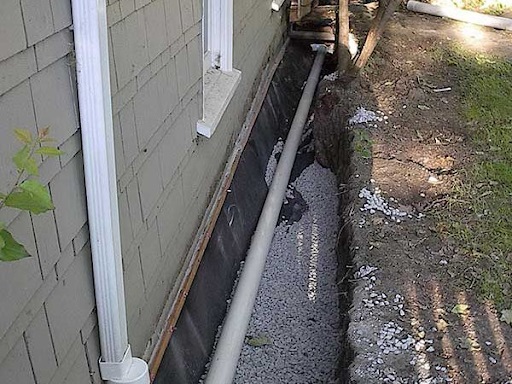
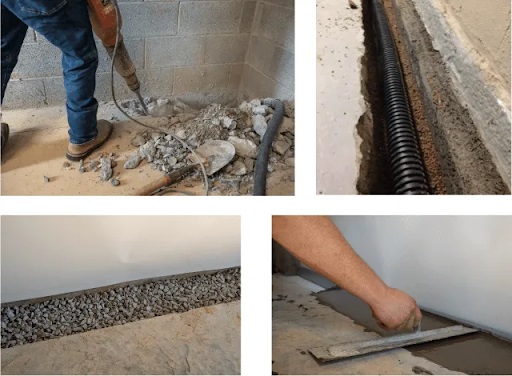
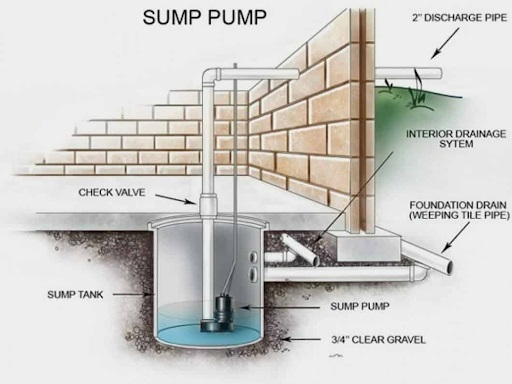
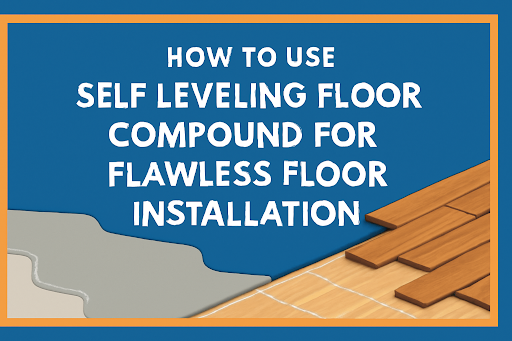
![Top 20 Reasons for Failing a Plumbing Inspection in Philadelphia [2025 Guide]](https://matrixgc.com/wp-content/uploads/2025/05/Common-issues-causing-failing-a-plumbing-inspection-in-Philadelphia.png)
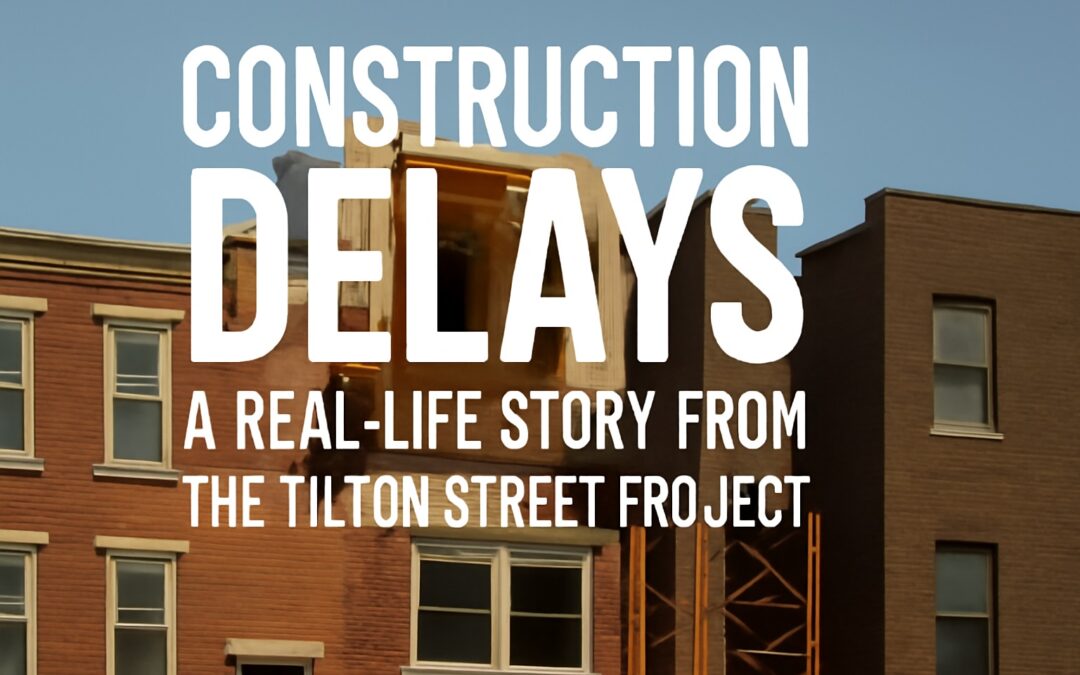
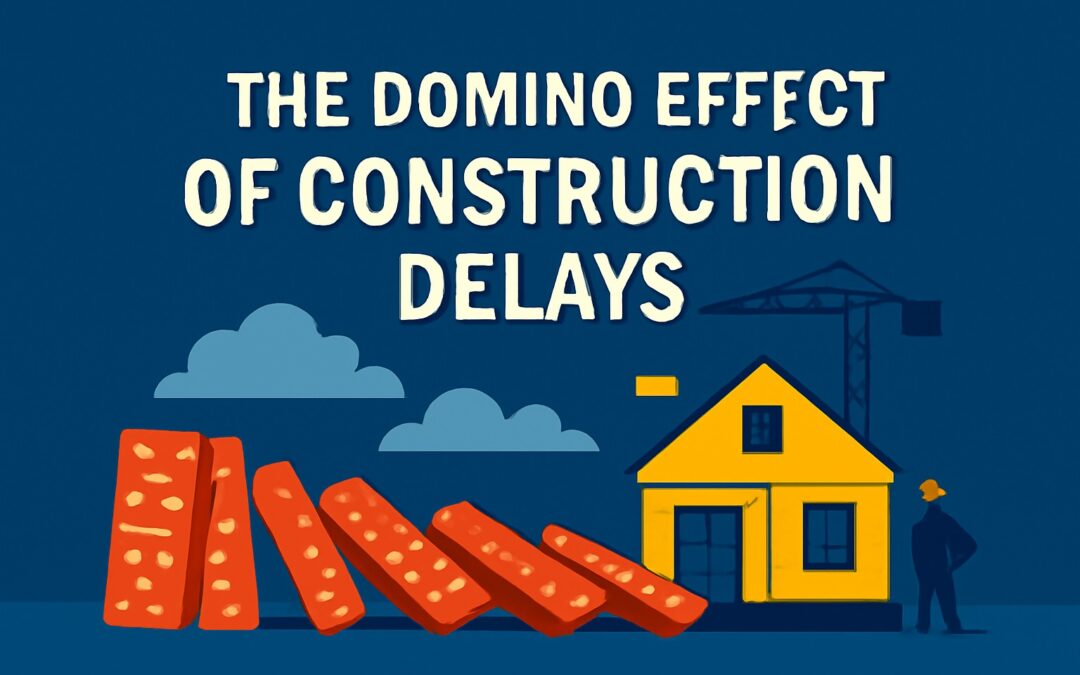
0 Comments